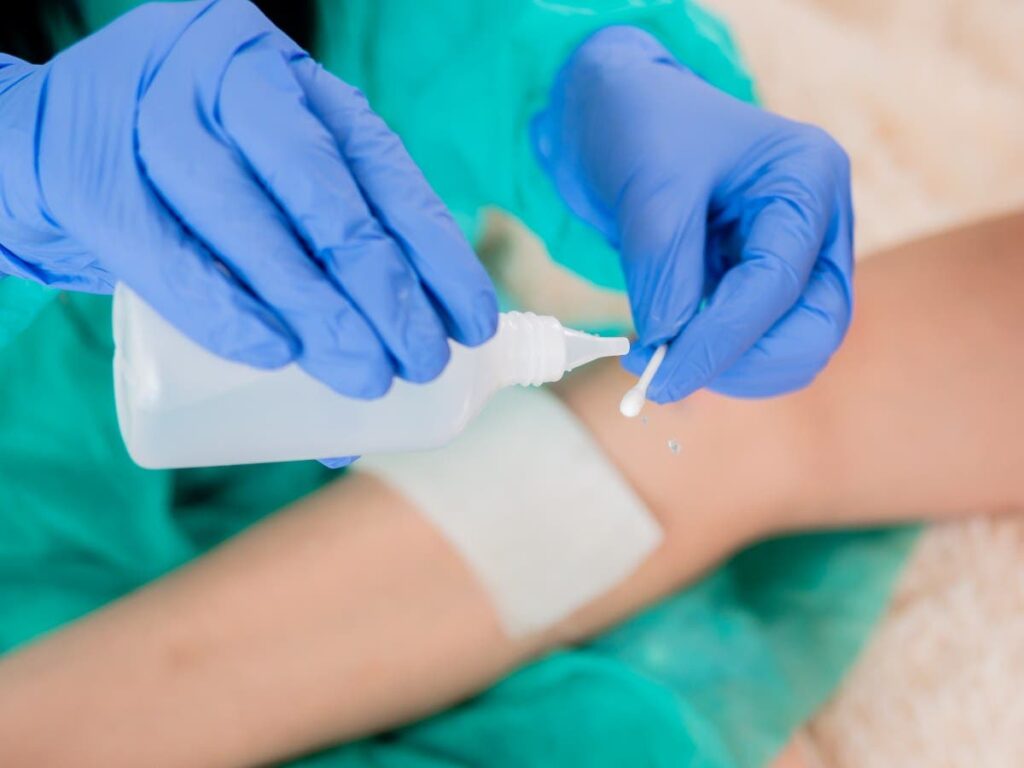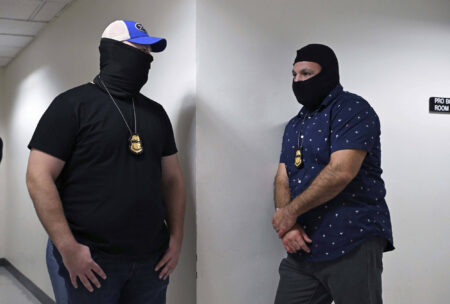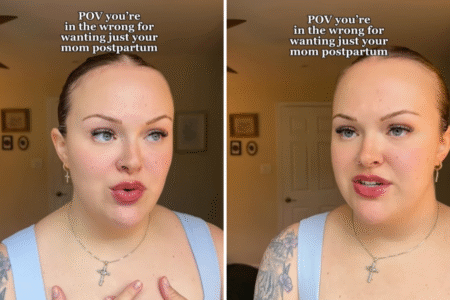Adding bacteria-killing nanoparticles to vinegar could help treat multiple infectionsвҖ”and potentially help fight against antimicrobial resistance (AMR).
The tiny particles made from carbon and cobalt are able to boost the so-called natural healing qualities of vinegar, researchers at University of Bergen in Norway, and QIMR Berghofer and Flinders University, both in Australia, have discovered.В
вҖңWe knew that vinegar [acetic acid] was traditionally considered antimicrobial. However, its clinical use for disinfecting wounds is not recommended,вҖқ study author and molecular biologist professor Nils Halberg ofВ QIMR and Bergen told Newsweek.
вҖңThis is because it shows insignificant antibacterial activity against most wound-colonizing bacterial species at concentrations below the threshold for dermal [skin] discomfort (3 percent). We thought that even if it doesnвҖҷt kill all strains of bacteria, it likely weakens them, allowing other treatments to be more effective.вҖқ
Chronic wounds can be especially dangerous for the elderly, people with weakened immune systems and those with chronic health conditions.В We are also now experiencing the rise of AMR, which occurs when bacteria, viruses, fungi and parasites no longer respond to antibiotics and other antimicrobial medicines. This creates drug resistance, meaning infections become difficult or impossible to treat.В В
The World Health Organization (WHO) has described AMRвҖ”compounded by the overuse of antibioticsвҖ”as one of the top global public health threats.
Now, researchers have found the particles in their study could help to kill several dangerous bacterial species, an ability enhanced when added to a weak acetic acid.В
This, they note, could potentially be an important contribution toward the battle against AMR. A study published in The Lancet found that bacterial AMR was directly responsible for 1.27 million global deaths in 2019 and associated with 4.95 million deaths.
The scientists added вҖңcobalt-containing carbon quantum dot nanoparticlesвҖқ to the vinegar to create a potent antimicrobial treatment. Carbon quantum dots are ultra-small nanoparticles (500,000 times smaller than a grain of sand).В
вҖңSmaller nanoparticles are more reactive due to their increased surface area. The cobalt molecules found in the carbon nanoparticle created reactive oxygen which damages and kills the bacterial cell,вҖқ Halberg explained.
The researchers used 0.06 percent vinegar concentrations in combination with the cobalt-containing nanoparticles to kill bacterial species not sensitive to vinegar alone. These included the drug-resistant Staphylococcus aureus (which causes Staph infections), Escherichia coli (E. coli, commonly found in chronic wounds) and Enterococcus faecalis (also found in wound infections).В
The treatment was tested on bacteria and human skin cells in test tubes within a laboratory setting. After the researchers had seen effective results in the cells, they treated mice wounds that were infected with antibiotic-resistant bacteria.В
It removed the infection and did not slow down wound healing rates, results showed.
“Once exposed, the nanoparticles appear to attack dangerous bacteria from both inside the bacterial cell and also on its surface, causing them to burst. Importantly, this approach is non-toxic to human cells and was shown to remove bacterial infections from mice wounds without affecting healing,” study author molecular biologist Adam Truskewycz of Flinders said in a statement.
Halberg further told us they envision this treatment could be beneficial for patient groups like people with type 1 diabetes that are troubled by chronically infected wounds. вҖңIt could be applied directly to a wound after the medical removal of dead, damaged or infected tissue, foreign bodies and other contaminants from a wound. Alternatively, the treatment could also be soaked in bandages before being placed on a wound or used as an irrigation solution to disinfect the wound.вҖқ
Halberg also said the study showed how nanoparticles could be used to increase the effectiveness of traditional bacterial treatments.
вҖңBacteria quickly evolve and if they are exposed to a treatment that is not strong enough to kill them, they can adapt to the treatment and build resistance. By adding two or more bacteria damaging/antimicrobial compounds, this greatly increases the chance of killing bacteria and prevents them from developing resistance mechanisms,вҖқ he explained.В
вҖңOur combination treatment would help as a new alternative to use with traditional antibiotics. In addition, when a bacterium tries to adapt to a treatment, they change their innate biochemical functions/pathways. If the second treatment can stop this adaption strategy, there is likely too much stress on the cell to further adapt.вҖқ
вҖңCombination treatments such as the ones highlighted in this study may help to curb antimicrobial resistance,вҖқ Halberg added in a statement.
For the technology to be used on patients with serious wound infections, it next needs to undergo pre- and clinical trials.В
Do you have a tip on a health story thatВ NewsweekВ should be covering? Do you have a question about AMR? Let us know via health@newsweek.com.
References
Truskewycz, A., Choi, B., Pedersen, L., Han, J., MacGregor, M., & Halberg, N. (2025). Cobalt-Doped Carbon Quantum Dots Work Synergistically with Weak Acetic Acid to Eliminate Antimicrobial-Resistant Bacterial Infections. ACS Nano, 19(37), 33103вҖ“33117. https://doi.org/10.1021/acsnano.5c03108
Read the full article here














